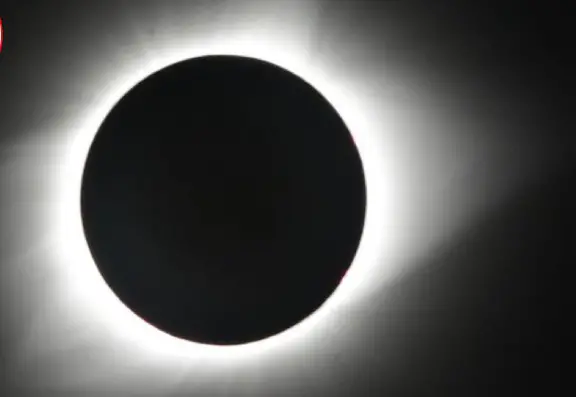Viral News
On Wednesday Night Or Thursday, The Moon, Sun & Earth Will Align To Create A Hybrid Solar Eclipse
On Wednesday Night Or Thursday In Some Parts Of The World, The Moon, Sun & Earth Will Align To Create A Hybrid Solar Eclipse
On Wednesday night – or Thursday in some parts of the world – the moon, sun and Earth will align to create a hybrid solar eclipse.
Two partial solar eclipses preluded this year’s starry spectacular, one in April 2022 and another in October. But this time around is unique – a hybrid solar eclipse is exceptionally rare, only occurring a few times each century.
Other kinds of solar eclipses – total, annular and partial – are more common. The last hybrid solar eclipse was a decade ago. A hybrid eclipse is when an eclipse transitions “between annular and total as the moon’s shadow moves across the globe” due to the curved nature of our planet, according to NASA.
View this post on Instagram
As it transforms from annular to total and back again during its journey across the sky, people in various geographies will experience the celestial phenomenon differently.
In a total eclipse, the moon covers the sun entirely; in an annular eclipse, the moon is farther away from Earth and therefore appears smaller than the sun; and in a partial eclipse, which is the most common, the Earth, sun and moon do not line up perfectly, forming a crescent-shaped sun. Unfortunately for people in the US, the hybrid solar eclipse won’t be viewable. To see the eclipse – with proper eclipse viewing glasses, of course – onlookers must be in Australia and Southeast Asia.
An annular eclipse will be visible in both the Pacific and Indian Oceans, while a partial eclipse will be visible in Australia, Southeast Asia and Antarctica.
But Americans, fret not – NASA, as well as the website Time And Date, will be hosting a livestream of the eclipse, which begins at 9:34 p.m. ET on April 19 and will reach its peak at 12:12 am ET on April 20 NASA advises in-person viewers to purchase solar viewing glasses, or eclipse glasses, that meet international standards.










You must be logged in to post a comment logged in Login